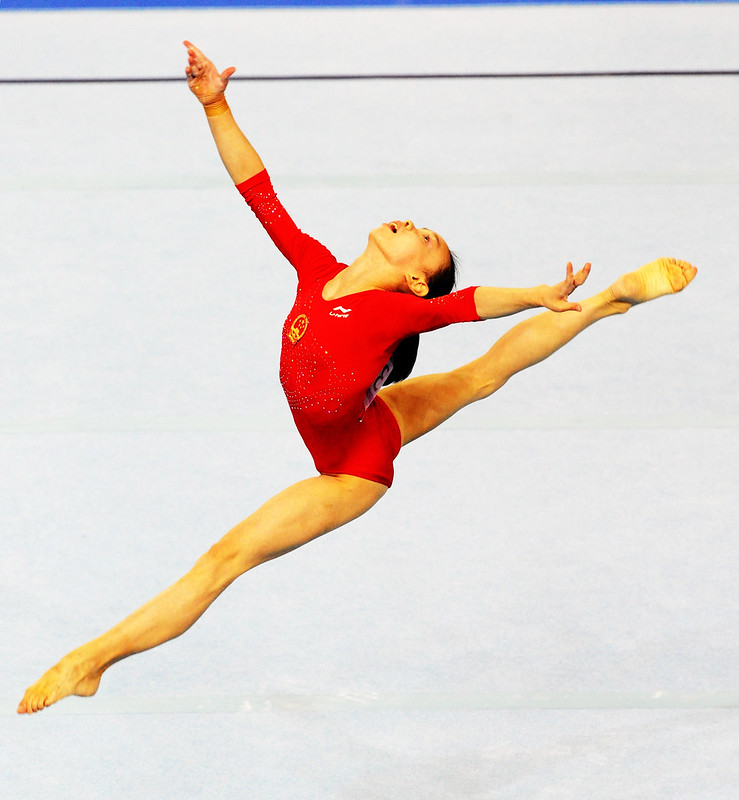
There was a fascinating story in The Washington Post this week about men’s gymnastics, and how the University of Minnesota — which has had a men’s gymnastics team for 118 years — has decided to cut that sport at year’s end. The move will save the university $750,000 per year.
Minnesota’s decision — combined with Iowa’s plan to drop men’s gymnastics and two other sports — is the latest blow to the dwindling ranks of Division I programs, leaving just five Big Ten schools with men’s teams and 12 in the nation. And it’s part of a larger pattern at Division I colleges and universities across the country, where “nonrevenue” sports are being dropped in the name of fiscal responsibility.
At a university like Minnesota, there are only two sports that make money: Football and men’s basketball. Those sports fund the rest: Softball, hockey, and so on.
But I think what we’re really seeing here is what my former boss, Dao Nguyen, used to warn me about: The danger of optimizing for just a single metric.
What the University of Minnesota — and so many other universities that have cut sports — is doing is making all of their decisions around a single metric: Profit or loss. Sports that make money can stay. Sports that lose money, even a small amount, are expendable.
But there are other ways to measure success for a college athletics program. You can look at the obvious metrics of success: Wins or losses, championships won, or Olympians produced. You could look at the engagement of the community with these sports: Attendance, or tickets sold. You even could look at less obvious downstream metrics of success: How much of an economic impact will these scholarship athletes have on their state over the course of their careers? (A study of previous athletes might help a university understand the long-term return on their investment.)
There’s a lesson here for all of us: If profit is the only goal, then you’re only going to work on things that make money. But there are other ways to measure success. Make sure you have a few metrics in mind so you can optimize for the things that matter — and not just that which produces the highest immediate return.
———
That photo of a gymnast participating at the Singapore 2010 Youth Olympic Games comes via Flickr and is used via a Creative Commons license.
